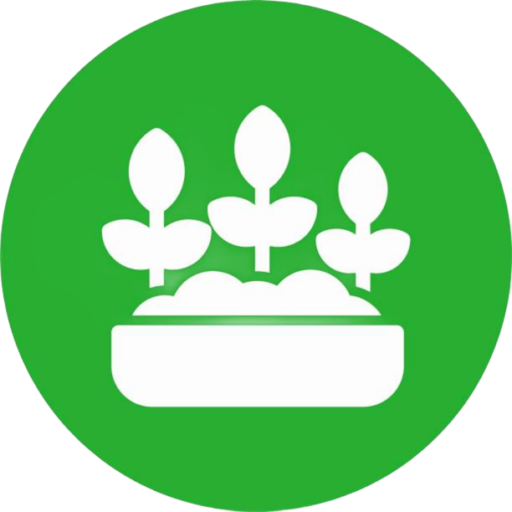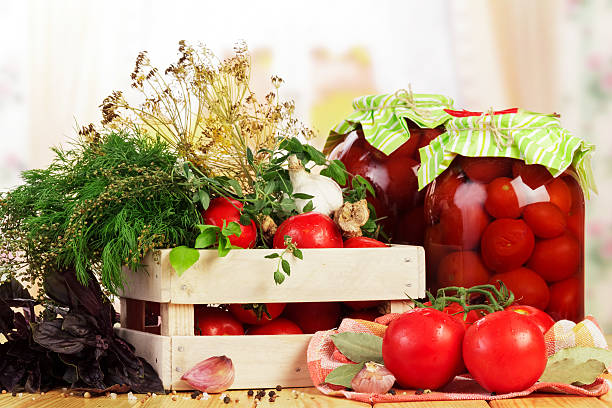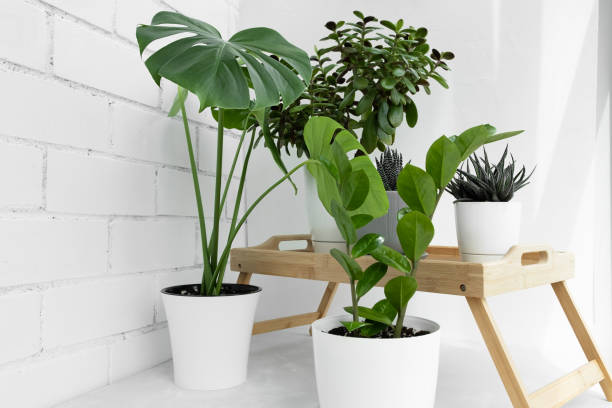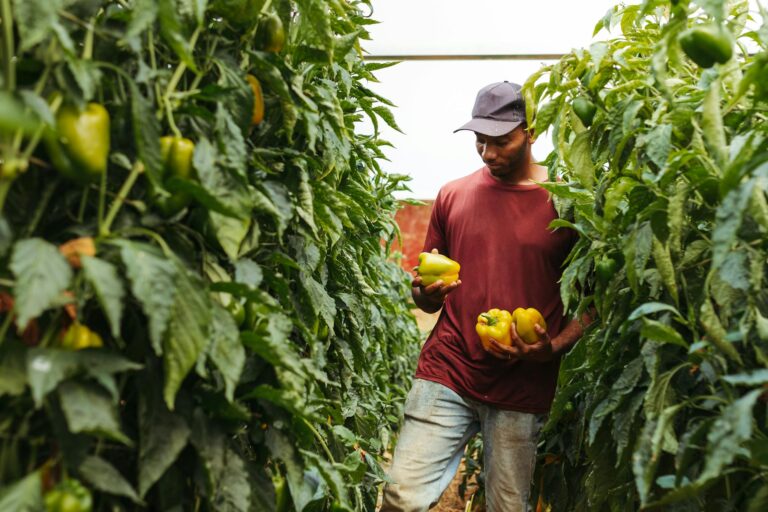Herbal Delights: Drying and Storing Herbs for Year-Round Use
There’s a quiet joy in gathering a handful of fragrant herbs from your garden, even more so when you know you can enjoy their aroma and flavor all year long. Drying herbs is a timeless tradition that preserves their essence, making it possible to infuse dishes, teas, and oils with homegrown freshness even in the heart of winter.
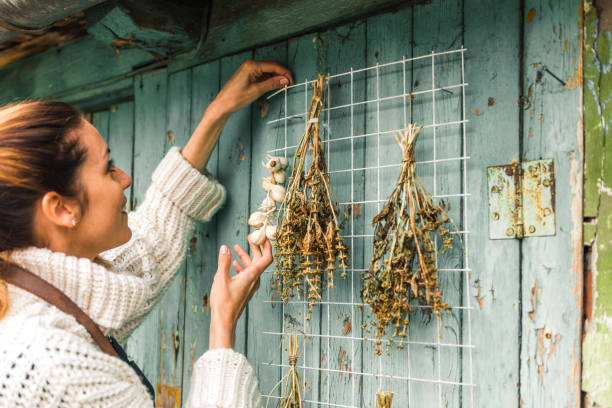
Why Dry Herbs?
Drying is one of the simplest, most natural ways to preserve herbs. It intensifies their flavor and aroma, takes up little space, and extends their usefulness far beyond the growing season. Whether it’s basil for pasta, chamomile for tea, or thyme for soups, dried herbs are a pantry treasure that connects you to your garden year-round.
Best Herbs for Drying
Some herbs retain their flavor and texture better than others when dried. Excellent choices include thyme, rosemary, oregano, sage, mint, lavender, marjoram, dill, and lemon balm. Tender herbs like basil or parsley can also be dried, but they require more care to preserve their flavor and color.
Harvesting at the Right Time
Timing is everything. Harvest herbs in the morning after the dew has dried but before the sun becomes too hot. Choose healthy, undamaged leaves and avoid those that have begun to flower. Snip stems with clean scissors or pruners and shake gently to remove insects. Rinse if necessary, but let the herbs dry completely before starting the drying process.
Drying Methods
– Air Drying: Tie small bunches of herbs with twine and hang them upside down in a warm, dry, and well-ventilated area out of direct sunlight. This method is ideal for hardy herbs and requires no equipment.
– Dehydrator: A food dehydrator offers a faster, controlled method of drying. Set it to a low temperature (35–45°C or 95–115°F) and dry for several hours until leaves crumble easily.
– Oven Drying: Spread herbs on a baking sheet in a single layer and dry at the oven’s lowest setting with the door slightly ajar. Be careful not to burn them—check frequently.
Storing for Freshness
Once dried, strip the leaves from stems and store them in airtight containers—glass jars, metal tins, or resealable bags work well. Keep them away from light, heat, and moisture. Label with the herb name and date. For the best flavor, use dried herbs within one year, though many last longer if stored properly.
Bonus Tips
– Crush herbs just before using for maximum aroma.
– Combine herbs into custom blends (like Italian seasoning or herbal tea mixes).
– Use dried herbs in oil infusions, vinegars, or sachets for scenting closets and drawers.
Drying herbs is more than a method—it’s a ritual that ties your kitchen to the seasons. It’s a slow, intentional act that rewards you with lasting flavor and homemade comfort, one jar at a time.
